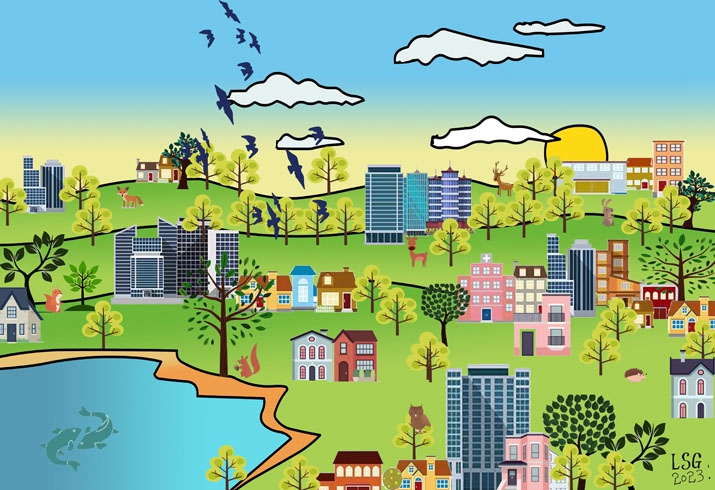
With the continuous expansion of greeneries in many Chinese cities, a great variety of wildlife, especially small mammals, are making their way back into residential compounds and busy urban streets, where they can find not only regular food supplies, but also a safe living space rid of their natural predators.
In response to the increasing arrival of wildlife in urban quarters, cities across China are launching new policies and upgrading their green spaces to better accommodate these new settlers.
On June 20, Shanghai passed a wildlife conservation regulation that will come into force on October 1. It stipulates the establishment of a local network of wildlife habitats, where construction and other potentially harmful human activities are strictly prohibited.
Similarly, Beijing has created 20 green belts in its urban areas. With plant species carefully selected and planted to mimic the biotic composition of natural ecosystems, these green belts will gradually evolve into miniature forests that closely resemble animals' natural habitats. According to a catalog published in May, the total number of bird species found in Beijing has increased by nearly 100 over the past decade to reach 515, and this number is set for continuous growth.
(Eastday.com, June 25)